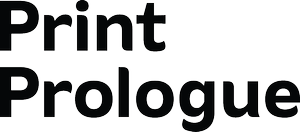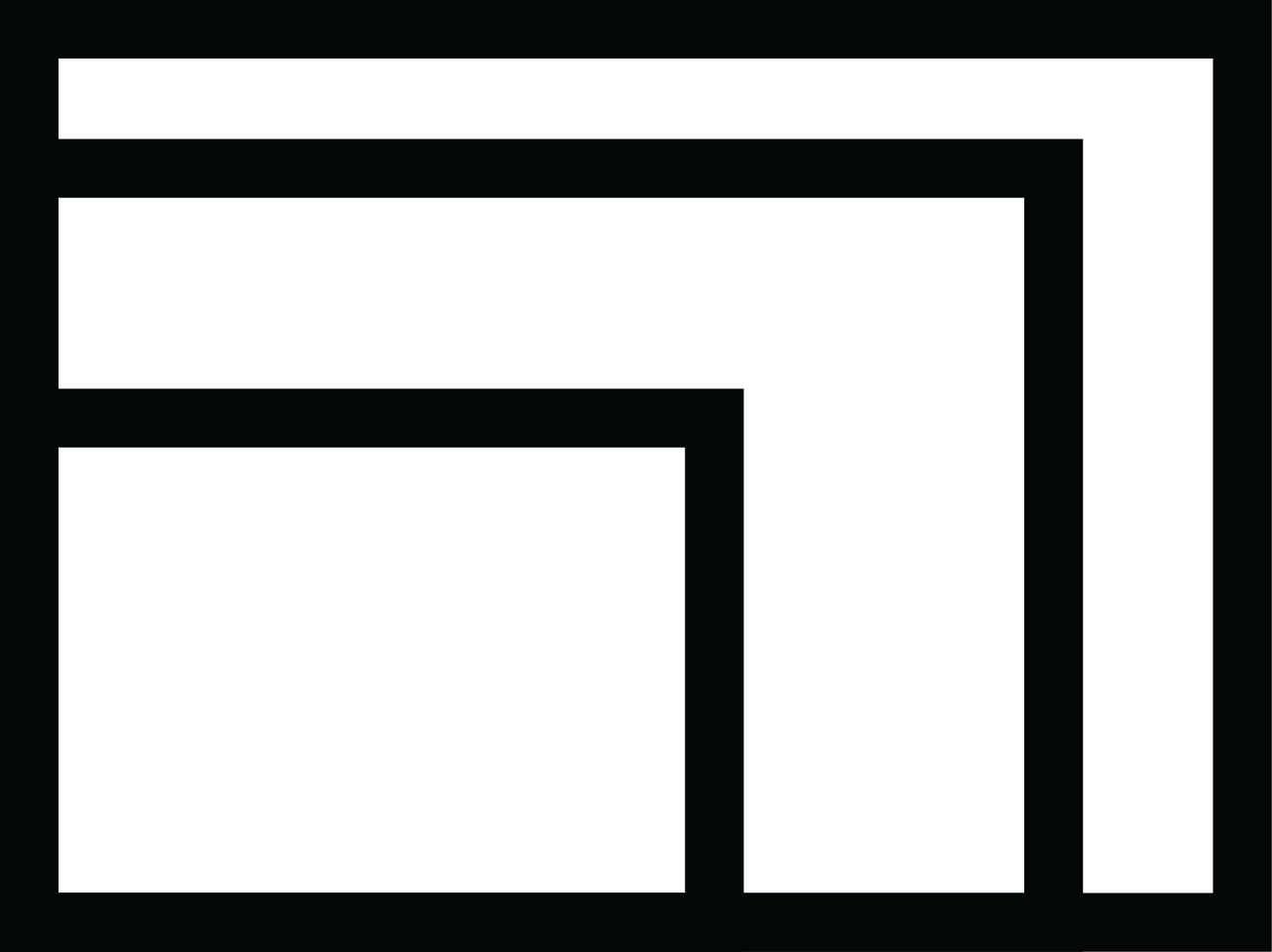EMBOSS/DEBOSS
Embossing and debossing use two metal dies to alter the paper surface creating a three-dimensional effect. During embossing the paper is sandwiched between a raised and recessed die—creating a crisply defined, raised sculptural impression of your typography or image. During debossing, a recessed (or sunken in) impression of your image is produced.
COST
Suitable for higher quantities and budgets. Price per unit will decrease as the total quantity increases. Typically not suggested for quantities under 250–500 units unless budget is not a huge factor.
TURNAROUND
Embossing and debossing are many times done in combination with offset printing. Therefore timelines are more lengthy. Allow 14+ days after proof approval.
PAPER
Embossing and debossing can be done on a vast amount of non-heat sensitive papers—uncoated, coated and textured. Heavy papers are also conducive to embossing unless it is in combination with offset printing. Pressure, heat and die depth are the main control factors to that your foil stamp technician will need to consider during the process.
SHEET SIZE
Depending on the machine by which the piece is printing, sheet size can range from a maximum of 5" x 7" to to 9" x 12".
PIGMENT
Embossing is often done in combination with foil stamping to produce ultra opaque, saturated colors, and metallics. For a wider range of color options, embossing can also be done in combination with offset printing. Embossing or debossing a graphic that has been pre-printed is known as a registered emboss or a registered deboss. An emboss/deboss with no pigment is called a blind emboss or blind deboss.
DESIGNER INVOLVEMENT
Depending on the relationship with your print shop, they may allow you to review the emboss/deboss before the full quantity is completed. If possible, it is recommended that this is done.






